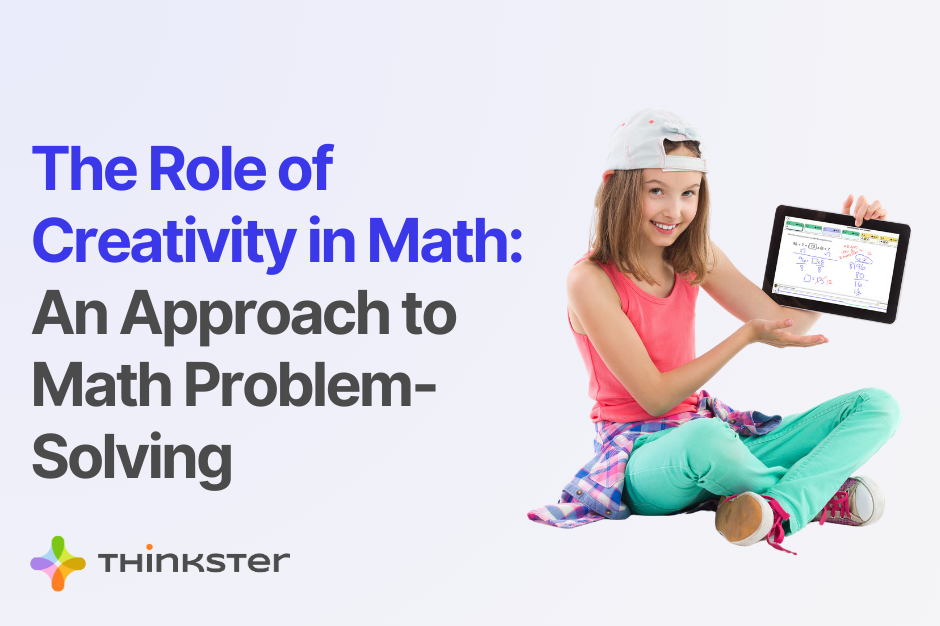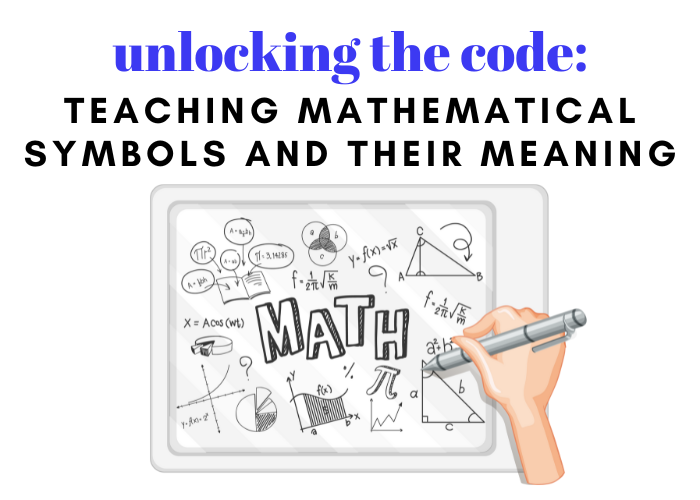

Last Updated on July 24, 2023 by user
No parent would accept the idea that their child is just “bad at reading” and leave it at that. So why do we accept the idea that some kids are just “bad at math”?
Surprisingly, 1/3 of all US schoolchildren will end up in remedial math. Worse yet, 93% of American adults claim to experience some level of math anxiety (and for 17% of American adults, that math anxiety is high)!
If we replace the word “math” with “reading,” we can quickly see how much of a problem this is. Imagine if 93% of adults felt anxious whenever they had to read something! That would never fly – it would be a major crisis!
Why should we feel different about math?

Math anxiety was best described by Educational Psychologist Frank Richardson and Counseling Psychologist Richard Suinn.
They defined it as “A feeling of tension and anxiety that interferes with the manipulation of numbers and the solving of mathematical problems in a wide variety of ordinary life and academic situations.”
This definition is actually revealing because it points out that math anxiety is not merely an unpleasant feeling or state, but much more. Beyond the uncomfortable experience, the anxiety actually has real-world consequences – it stops sufferers from being able to do math!
When students are in a state of anxiety, they can’t think clearly or logically, which is precisely what math requires.
And the result is a vicious circle; fear of math leads to struggling in math which leads to more fear of math.
In the end, math anxiety can leave individuals convinced that they’re simply incapable of doing math. For children, the belief in their inability to do math, combined with the anxiety math triggers, gets in the way of solving even the simplest of problems.
Children might freeze when all they have to do is solve for X, for example. When this happens, kids often begin to hate math and want to avoid it at all costs. Some children even start to hate school altogether, and that can sabotage their progress in school, their career, and life.
Albert Bandura did some research on the foundations of human learning. He realized that models are an important part of learning behavior and changing behavior in institutionalized settings.
He came up with 3 regulatory systems that control behavior:
Similarly, Math anxiety can be learned at school. If a teacher doesn’t slow down to the child’s level and explain things clearly enough, they may fall behind, and math may soon become a source of stress.
Teachers might also fail to “read the room” and see that a child is stuck. This can stunt a child’s learning, and when faced with problems they can’t solve, they might respond with fear, won’t get the help they need, fall behind, and then become scared of math.
And if teachers do see that a child is stuck, they might not have the time to give one-on-one help since they’re tasked with teaching large classes. How can they give every child the personalized help they need?
Another common cause of math anxiety is the pressure of timed tests. This can turn math from a skill to learn into a competition to win. When under time pressure and expected to perform, students can start to fear failure. Mix the fear of failing with the pressure to do well and you have the perfect recipe for anxiety.
Math anxiety rarely has anything to do with a child’s inherent abilities, but it often starts with a skills gap.
When we don’t give children the tools they need to succeed, math can quickly become overwhelming. A child might start thinking, “I can’t do this. I hate this. I’ll never be good at this.”
So what can we do? Here are three strategies for solving math anxiety:
If a skills gap is in play, we want to ensure the child gets the help they need. By having the child complete an expertly designed skills assessment, we can identify their skills gaps and hyper-personalize our teaching approach to give them precisely the assistance they need.
When they fill in those precise gaps, students start to succeed at math, and that success helps build confidence, which is the enemy of anxiety!

Wouldn’t it be amazing if children were unstoppable in the face of all problems, including math? This is possible if we teach children what we call “math for life.” By using word problems in teaching math, children develop analytical reasoning and problem-solving skills. They learn the skills to unpack any problem and choose the right approach to solving it.
If we also teach them multiple ways of solving problems, they build mental flexibility, which further enhances their problem-solving abilities. When we do this, children learn to become courageous in the face of problems.
What if children enjoy math? When children have the right level of math skills and become great problem solvers, they often start to ask for more challenging math! Math becomes like a Rubik’s Cube or sudoku – it’s a puzzle that’s engaging and fun to solve!
But there is more we can do to make math fun. When children have math anxiety, they are often stuck in a cycle of negative reinforcement.
Gamification helps reverse this by rewarding students for their effort. It’s also important because sometimes math is hard! So we need to help kids feel that their efforts will lead to positive reinforcement.
One thing students and parents love about Thinkster is how we keep children motivated. Children compete on leaderboards, can win gift cards from Amazon, Walmart, Target, and more just for doing math. And they can even win medals for awesome performances!

Math anxiety is extremely common, but it doesn’t need to be. We can help children overcome it, and the best time to do it is when they are young.
Since math can easily become a problem for so many people, we need to make the necessary effort to evaluate children’s math skills, find out precisely what they need help with, and give them the lessons, tutorials, tools, and strategies they need to catch up.
When they start to see progress, their motivation returns, and their confidence increases. When that happens, we can start to teach them in a way that makes them skilled problem solvers. Then we can bring in the next step: show them the “why” behind every concept they are learning and teach them multiple problem-solving strategies.
And when we add fun to the mix, we help children love learning and become lifelong learners who want to grow and achieve consistently!
Want to see how Thinkster can help your child overcome math anxiety and become math confident for life? Get started with a FREE Parent Membership!


